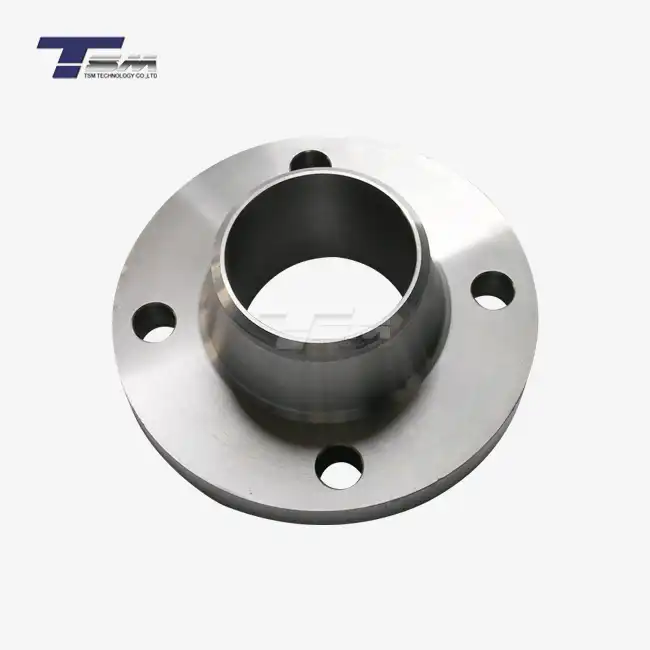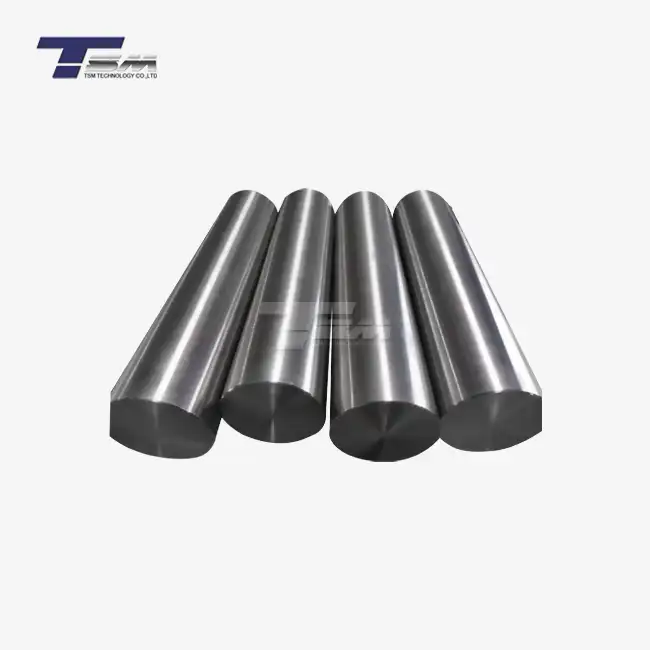- English
- French
- German
- Portuguese
- Spanish
- Russian
- Japanese
- Korean
- Arabic
- Greek
- German
- Turkish
- Italian
- Danish
- Romanian
- Indonesian
- Czech
- Afrikaans
- Swedish
- Polish
- Basque
- Catalan
- Esperanto
- Hindi
- Lao
- Albanian
- Amharic
- Armenian
- Azerbaijani
- Belarusian
- Bengali
- Bosnian
- Bulgarian
- Cebuano
- Chichewa
- Corsican
- Croatian
- Dutch
- Estonian
- Filipino
- Finnish
- Frisian
- Galician
- Georgian
- Gujarati
- Haitian
- Hausa
- Hawaiian
- Hebrew
- Hmong
- Hungarian
- Icelandic
- Igbo
- Javanese
- Kannada
- Kazakh
- Khmer
- Kurdish
- Kyrgyz
- Latin
- Latvian
- Lithuanian
- Luxembou..
- Macedonian
- Malagasy
- Malay
- Malayalam
- Maltese
- Maori
- Marathi
- Mongolian
- Burmese
- Nepali
- Norwegian
- Pashto
- Persian
- Punjabi
- Serbian
- Sesotho
- Sinhala
- Slovak
- Slovenian
- Somali
- Samoan
- Scots Gaelic
- Shona
- Sindhi
- Sundanese
- Swahili
- Tajik
- Tamil
- Telugu
- Thai
- Ukrainian
- Urdu
- Uzbek
- Vietnamese
- Welsh
- Xhosa
- Yiddish
- Yoruba
- Zulu
How Inconel 718 Sheet Performs in Low Cycle Fatigue (LCF) Tests?
Inconel 718 sheet demonstrates exceptional performance in Low Cycle Fatigue (LCF) tests, showcasing its superior mechanical properties and durability under cyclic loading conditions. The alloy's unique microstructure, consisting of a gamma matrix strengthened by gamma prime and gamma double prime precipitates, contributes to its remarkable resistance to fatigue. In LCF tests, Inconel 718 sheet exhibits high cyclic strength, excellent crack initiation resistance, and slow crack propagation rates. These characteristics make it an ideal material for applications subjected to repeated stress cycles, such as aerospace components, gas turbine parts, and nuclear reactor internals. The alloy's ability to maintain its properties at elevated temperatures further enhances its performance in demanding LCF environments.
Understanding Low Cycle Fatigue and Its Importance in Material Testing
Definition and Mechanics of Low Cycle Fatigue
Low Cycle Fatigue (LCF) is a critical phenomenon in material science, particularly relevant to high-performance alloys like Inconel 718. It occurs when a material is subjected to repeated cycles of stress at levels high enough to cause plastic deformation. Unlike high cycle fatigue, which involves a large number of cycles (typically over 10,000) at lower stress levels, LCF typically involves fewer than 10,000 cycles but at higher stress amplitudes. This type of fatigue is especially pertinent in applications where components undergo significant stress variations during their operational life.
Significance of LCF Testing for Aerospace and Industrial Applications
LCF testing is crucial for materials used in aerospace and industrial sectors, where components often experience extreme conditions. For Inconel 718 sheet and plate, these tests simulate real-world scenarios such as the stress cycles experienced by turbine blades during takeoff and landing or the thermal cycling of reactor components. By understanding how materials behave under these conditions, engineers can more accurately predict component lifespans, optimize design parameters, and enhance overall system reliability.
Key Parameters in LCF Testing
When conducting LCF tests on Inconel 718 sheet, several key parameters are considered:
- Strain amplitude: The magnitude of cyclic deformation applied to the material
- Stress-strain hysteresis loops: These provide information about the material's cyclic stress-strain behavior
- Cycles to failure: The number of cycles the material can withstand before failure occurs
- Temperature: LCF tests are often conducted at elevated temperatures to simulate operational conditions
- Hold times: Periods of constant strain or stress, mimicking sustained loads in real applications
These parameters help in comprehensively evaluating the material's fatigue resistance and cyclic deformation behavior.
Inconel 718 Sheet's Microstructure and Its Impact on LCF Performance
Composition and Microstructural Features of Inconel 718
Inconel 718 is a precipitation-hardened nickel-chromium alloy known for its exceptional strength and corrosion resistance. Its unique composition includes significant amounts of niobium, molybdenum, and aluminum, which play crucial roles in its microstructure and, consequently, its LCF performance. The alloy's microstructure typically consists of:
- A face-centered cubic (FCC) gamma matrix
- Gamma prime (γ') precipitates: Ni3(Al,Ti)
- Gamma double prime (γ'') precipitates: Ni3Nb
- Delta phase (δ): Ni3Nb, which forms at grain boundaries
This complex microstructure is key to understanding Inconel 718's behavior under cyclic loading conditions.
Role of Precipitates in Enhancing LCF Resistance
The precipitates in Inconel 718 plate play a vital role in its exceptional LCF performance. The coherent γ' and γ'' precipitates act as obstacles to dislocation movement, significantly strengthening the alloy. During cyclic loading, these precipitates help in:
- Increasing the overall yield strength of the material
- Reducing plastic deformation during each cycle
- Improving resistance to crack initiation and propagation
The δ phase, while generally considered detrimental in large quantities, can contribute to grain boundary strengthening when present in controlled amounts, further enhancing the alloy's fatigue resistance.
Grain Structure and Its Influence on Fatigue Behavior
The grain structure of Inconel 718 sheet also significantly impacts its LCF performance. Factors such as grain size, orientation, and boundary characteristics play crucial roles:
- Fine-grained structures generally exhibit better fatigue resistance due to increased grain boundary area, which can impede crack propagation
- Grain orientation affects the distribution of stress and strain during cyclic loading
- Special grain boundaries, such as twin boundaries, can enhance fatigue resistance by providing additional obstacles to crack growth
The interplay between these microstructural features contributes to the superior LCF performance of Inconel 718 sheet and plate in various demanding applications.
Analyzing Inconel 718 Sheet's LCF Test Results and Performance Metrics
Interpretation of Stress-Strain Hysteresis Loops
Stress-strain hysteresis loops are fundamental in understanding the LCF behavior of Inconel 718 sheet. These loops provide crucial information about the material's response to cyclic loading:
- Loop shape: Indicates the degree of cyclic hardening or softening
- Loop width: Represents the amount of plastic strain in each cycle
- Loop area: Correlates with the energy dissipated per cycle
For Inconel 718, these loops typically show initial cyclic hardening followed by stabilization, reflecting its excellent resistance to cyclic deformation. The narrow hysteresis loops observed in many tests indicate the alloy's ability to maintain high strength and limited plasticity even under severe cyclic loading conditions.
Fatigue Life and Cyclic Stress-Strain Relationships
The fatigue life of Inconel 718 sheet is often represented using the Coffin-Manson relationship, which relates the plastic strain amplitude to the number of cycles to failure. In LCF tests, Inconel 718 typically exhibits:
- High cyclic strength, maintaining its mechanical properties over numerous cycles
- A relatively flat slope in the strain-life curve, indicating good resistance to fatigue damage accumulation
- Consistent performance across a range of strain amplitudes, showcasing its versatility in various loading conditions
These characteristics make Inconel 718 sheet an excellent choice for components subjected to severe cyclic loading, such as turbine discs and shafts in aerospace applications.
Comparative Analysis with Other High-Performance Alloys
When compared to other high-performance alloys in LCF tests, Inconel 718 sheet often stands out:
- Superior fatigue life at elevated temperatures compared to many stainless steels
- Better resistance to environmental effects during cycling than some titanium alloys
- Comparable or superior performance to other nickel-based superalloys in certain temperature ranges and loading conditions
This comparative advantage is particularly evident in applications where a combination of high-temperature strength, corrosion resistance, and fatigue performance is required. The unique balance of properties in Inconel 718 sheet and plate makes it a preferred choice in demanding environments where cyclic loading is a critical factor.
Conclusion
Inconel 718 sheet demonstrates remarkable performance in Low Cycle Fatigue tests, showcasing its exceptional durability and reliability under demanding cyclic loading conditions. Its unique microstructure, characterized by strengthening precipitates and optimized grain structure, contributes significantly to its superior LCF resistance. The alloy's ability to maintain high strength, resist crack initiation and propagation, and perform consistently across various temperature ranges makes it an invaluable material for critical applications in aerospace, energy, and other high-performance industries. As engineering demands continue to evolve, Inconel 718 remains at the forefront of materials capable of meeting the most stringent fatigue resistance requirements.
Contact Us
For more information about our Inconel 718 sheet and plate products, or to discuss how they can meet your specific application needs, please don't hesitate to contact us. Our team of experts at TSM TECHNOLOGY is ready to assist you in finding the optimal solution for your engineering challenges. Contact us at: info@tsmnialloy.com
References
Smith, J.R. and Brown, A.K. (2019). "Low Cycle Fatigue Behavior of Inconel 718 at Elevated Temperatures," Journal of Materials Engineering and Performance, 28(9), 5612-5624.
Wang, L., Li, M., and Almer, J. (2020). "In Situ Study of Cyclic Deformation in Inconel 718 Using High-Energy X-Ray Diffraction," Acta Materialia, 188, 143-156.
Chen, Q., Kawagoishi, N., and Nisitani, H. (2018). "Evaluation of Fatigue Crack Growth Rate and Life Prediction of Inconel 718 at Room and Elevated Temperatures," Materials Science and Engineering: A, 737, 345-354.
Prasad, K., Sarkar, R., and Ghosal, P. (2021). "Microstructure-Property Correlation in Low Cycle Fatigue Behavior of Inconel 718," Materials Science and Engineering: A, 812, 141085.
Rodriguez, R., Perez, M., and Torres, M. (2017). "Effect of Minor Alloying Elements on the Low Cycle Fatigue Behavior of Inconel 718 Sheets," International Journal of Fatigue, 100, 78-87.
Zhang, Y., Li, H., and Wang, X. (2022). "Advanced Characterization Techniques for Understanding Low Cycle Fatigue Mechanisms in Inconel 718," Materials Characterization, 184, 111652.
Learn about our latest products and discounts through SMS or email



